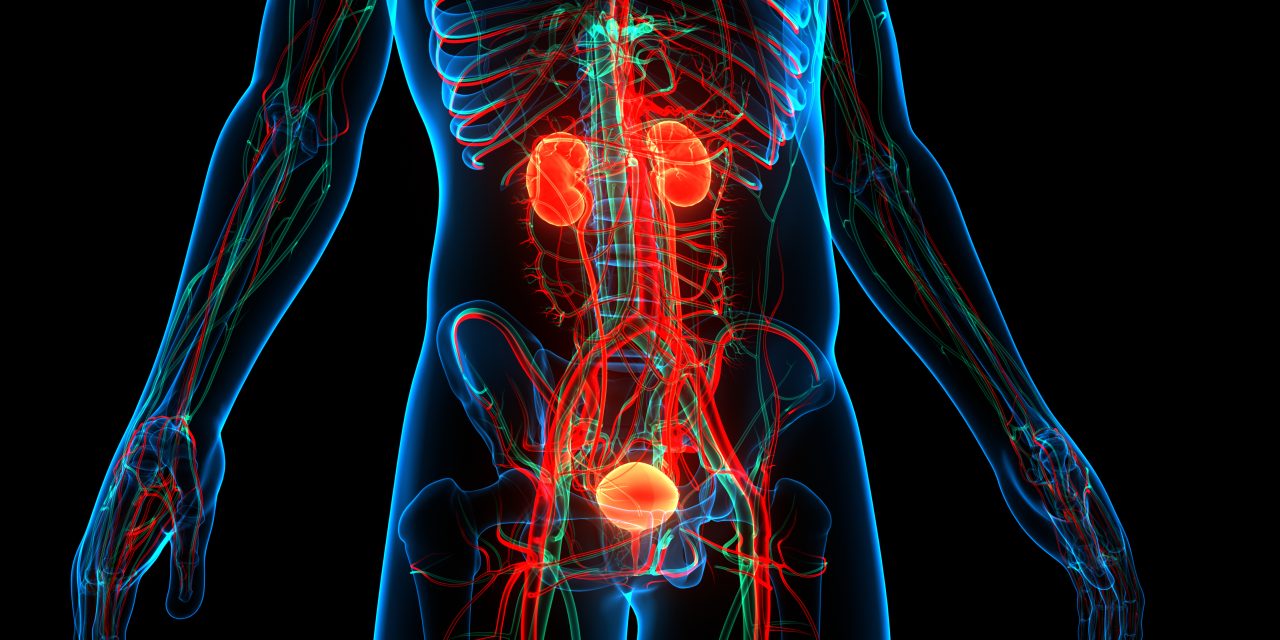Medical treatment in benign prostatic hyperplasia targets prostate size to prevent disease progression, complications, and surgery, and prostate smooth muscle tone for rapid relief of lower urinary tract symptoms. Combination therapies are still required to target both at once. However, current medications are insufficient, due to an unfavorable balance between side effects and efficacy. The limited efficacy of α -blockers may be due to nonadrenergic mediators like endothelin-1 and thromboxane A (TXA ), which keep up prostate smooth muscle contraction even in the presence of α -blockers. Consequently, future options with higher efficacy need to target α -adrenergic and nonadrenergic contractions as well as stromal cell growth at once. Thalidomide has been approved as an oral medication for various diseases, including the treatment of prostate cancer. Therefore, we investigated the effect of thalidomide on cellular functions of prostate stromal cells and human prostate smooth muscle contraction.
Cytoskeletal organization was visualized by phalloidin staining, cell growth was assessed by 5-ethynyl-2′-deoxyuridine assay, cell viability by cell counting kit-8, and apoptosis and cell death by flow cytometry in cultured prostate stromal cells (WPMY-1). Contractions of human prostate tissues from radical prostatectomy were studied in an organ bath, where they were induced by the α -adrenoceptor agonists methoxamine, noradrenaline, phenylephrine, and the nonadrenergic agonists endothelin-1, TXA analog U46619, or electric field stimulation (EFS).
Thalidomide significantly reduced the proliferation of WPMY-1 cells, which was time- and concentration-dependent (10-300 µM). In parallel, organization of actin filaments collapsed after treatment with thalidomide. Thalidomide (30-100 µM) inhibited noradrenaline-, phenylephrine-, and methoxamine-induced contractions, as well as nonadrenergic contractions induced by endothelin-1 and U46619, and neurogenic contractions induced by EFS. No reduction in viability and no increases in apoptosis or in cell death were observed in WPMY-1 cells.
Thalidomide impairs the growth of human prostate stromal cells, without showing a decrease in cell viability. In parallel, thalidomide inhibits adrenergic, neurogenic, and nonadrenergic contractions. This may be explained by a breakdown of the actin cytoskeleton. In vivo, urodynamic effects of thalidomide appear possible and may even exceed those of α -blockers or combination therapies.
© 2021 The Authors. The Prostate published by Wiley Periodicals LLC.
Inhibition of human prostate stromal cell growth and smooth muscle contraction by thalidomide: A novel remedy in LUTS?


